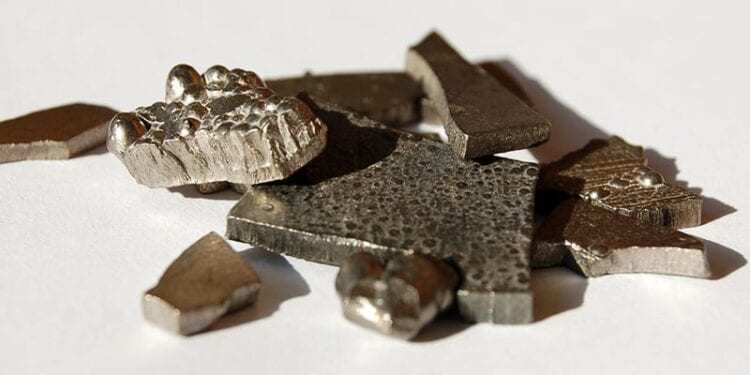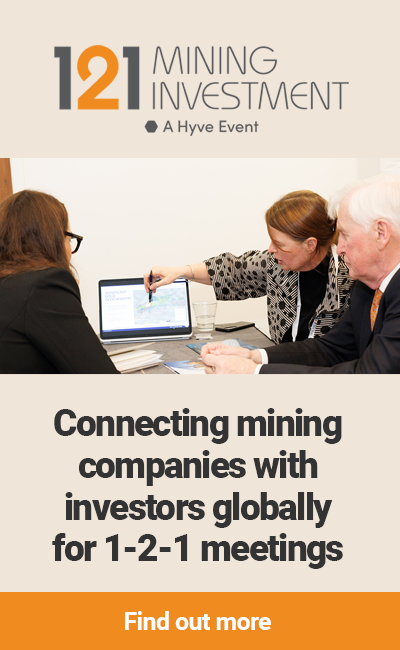Simon Moores is managing director of Benchmark Mineral Intelligence, an online publishing and consultancy business specialising in critical minerals and metals, disruptive technology and emerging markets. Moores has also worked as business journalist focusing on non-metallic minerals such as lithium, graphite, rare earths, potash, TiO2 pigment and feedstocks (rutile, ilmenite).
The lithium-ion battery market is clearly growing rapidly. But what kind of numbers are we talking about here?
Without a doubt, huge growth is on the horizon. The lithium market is expected to grow from 180,000 tpa LCE (lithium carbonate equivalent) in 2018 to more then 700,000 tpa LCE by 2027. This represents a huge disruption, that is being driven by the battery EV space.
What are the main types of lithium-ion batteries, what are their compositions and what percentage of the battery market does each chemistry represent?
The two mainstream chemistries of the future will be NMC (nickel manganese colbalt) and NCA (nickel cobalt aluminium). NMC in particular is being favoured by the majority of electric vehicle manufacturers and we expect NMC to be the dominant battery chemistry by 2019.
At present, LCO (lithium cobalt oxide), the cobalt-rich battery in your iPhone or laptop, still accounts for half the market. This will shift as EVs take off. Tesla is about the only major EV producer focused on the NCA chemistry, a Panasonic creation. However, Panasonic’s future lies in both NCA and NMC.]
Cobalt is found in three of the five common chemistries used in the lithium-ion battery market (LCO, NMC and NCA). Why is cobalt so important in lithium-ion batteries?
Cobalt performs a very important stabilising effect for lithium ion batteries. It is key for safety. However the cost and the supply chain for cobalt has forced producers to develop lower-cobalt contained chemistries.
• LCO is cobalt rich, around 60% of this battery is cobalt.
• NMC – Nickel manganese cobalt is likely to become the most common chemistry of the future as most EV manufacturers are favouring this. Within this NMC there are a number of sub chemistries all of which have varying amounts of cobalt.
• NCA – nickel cobalt aluminium – the classic Panasonic chemistry that is pretty much exclusively used by Tesla in its EVs
• LFP – lithium iron phosphate, the classic powerful chemistry that is, or best to say was, ideal for e-buses (the chemistry is famous for being in BYD buses). However, as China moves to higher energy density batteries and NMC ramps up, LFP’s days are numbered
111
One part nickel, manganese and cobalt is the most common NMC chemistry today. However, cathode producers have been favouring higher nickel and lower cobalt chemistries in a bid to improve energy density and lower raw material risks
523
Five parts nickel, two parts manganese and three parts cobalt. On the cusp of commercial use
622
Similar to 523 though not yet commercialised
811
The most extreme version of the NCM battery which contains very high nickel content and the least cobalt of all. SK Innovation, the Korean battery maker, recently announced it was using this chemisty however as Benchmark discovered on a recent trip to Seoul, this is still very much a test phase product but it will be very interesting to see the real world results which could define the future of the battery sector
Can cobalt be substituted for alternative minerals and at what price would substitution be considered?
No cobalt can’t be substituted. If you want a cobalt-free cathode (which some companies are developing, such as Nano One in Canada), you need to change the chemistry fundamentally. It’s Benchmark’s belief that while cobalt consumption will be reduced in lithium ion batteries, overall market growth will far outweigh this trend. Cobalt will be integral to the EV industry and there will not be an EV industry without DRC cobalt. Opportunities do exist for niche producers to produce conflict-free cobalt outside of the DRC. But the bulk of material will still have to come from the DRC.
What occurs chemically for a battery to be no longer usable and how does the battery composition affect the longevity of specific batteries?
The cathode and anode degrade to a level that intercalation is no longer as effective. For the anode especially, degradation and the formation of dendrites is an issue. This is why pure silicon anodes will just not work as option, as they break down too easily. However, graphite anodes enhanced with 3% silicon are looking to be the most effective option.
How recyclable are these batteries? What percentage of the key materials contained with Lithium-ion batteries can be salvaged?
The biggest problem with battery recycling is the consistency of the chemistry and the format of the batteries. For example, battery recyclers at present are receiving many forms of cells – from iPhone to laptops to power tools. The cells are small and the chemistry differs quite a bit.
Once much larger EV batteries start entering the recycling circuit, they will either be NCM or NCA and they will be similar formats – cylindrical cell, pouch or prismatic. This offers more consistency to recyclers and will help the industry take off post 2022. Cobalt, due to its value and percentage in an LCO battery, is the most favoured material to recycle. Lithium has been continually discussed as well, with Umicore leading the way in recovering small amounts of lithium from batteries.
“The biggest problem with battery recycling is the consistency of chemistry and the format of the batteries.”
Any other metals we should keep an eye on in this space?
The four pillars of battery technology are lithium, graphite, cobalt and nickel. This is what we specialise in at Benchmark and these four materials will define the future of the battery industry.
I have discussed lithium and cobalt above, but nickel is also another key mineral to watch. While nickel is a 2million tonne business, our data shows that the battery space only represents 75,000 tonnes of this market. This market is set to see lithium-like growth going forward, especially as higher nickel cathodes come into play.











